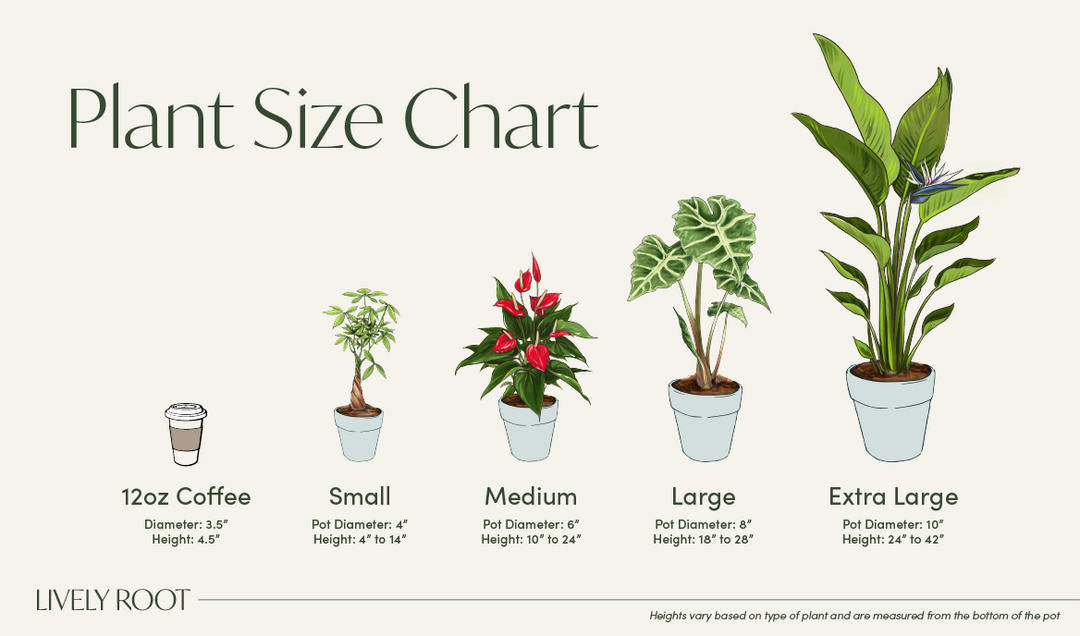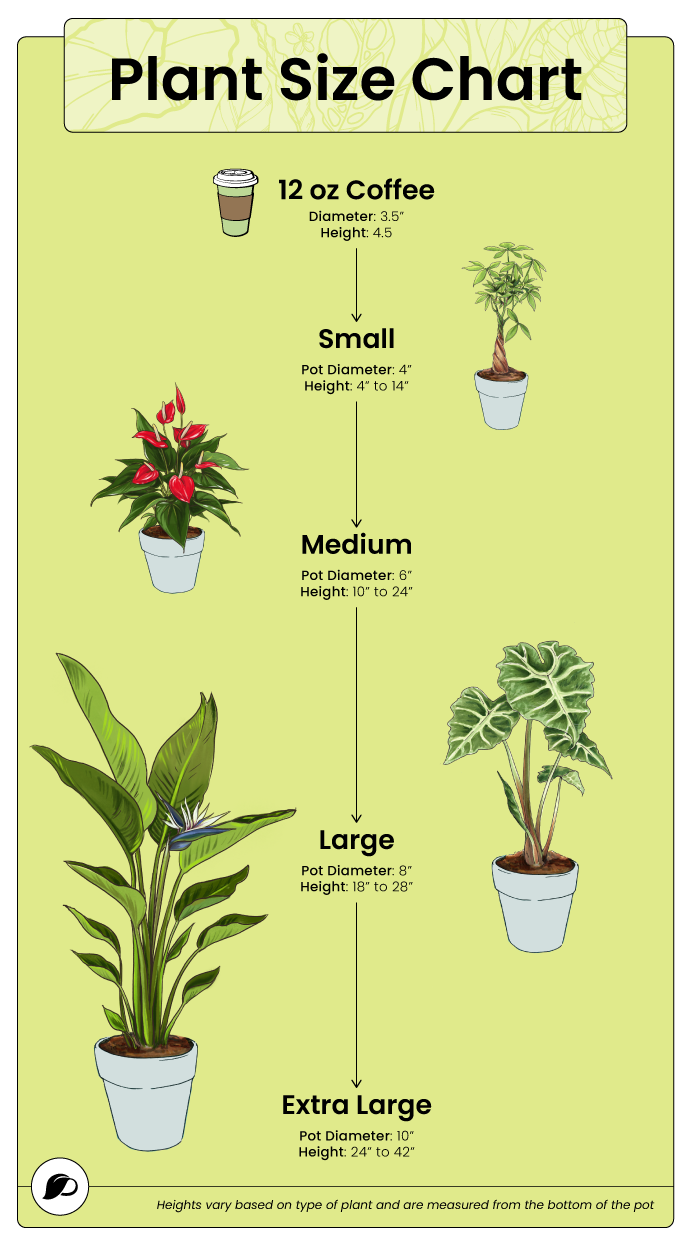Fall Plants
-

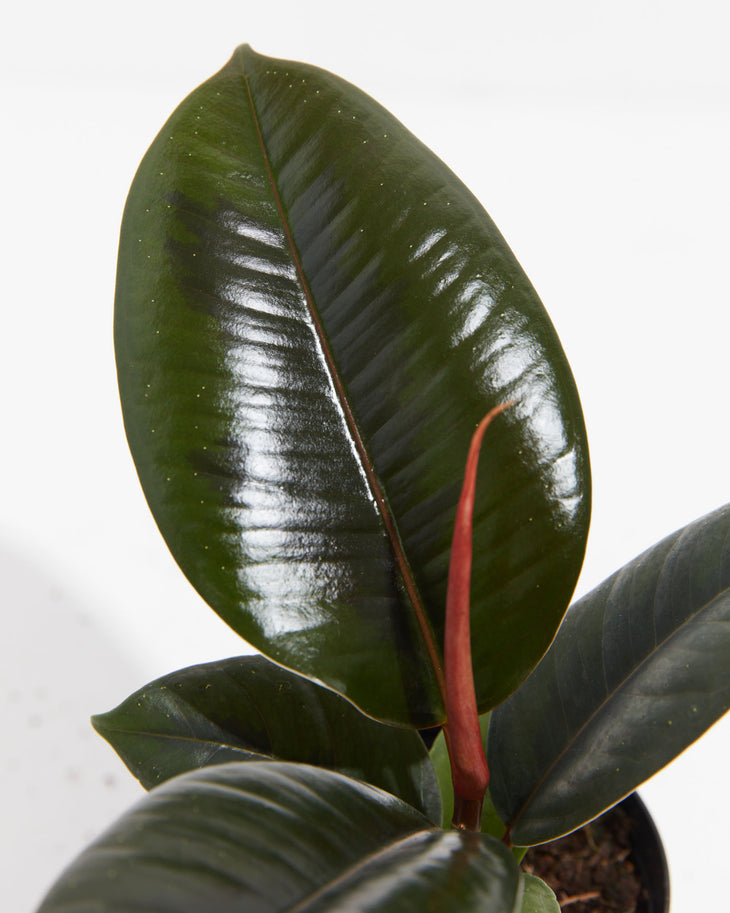
Ficus Elastica - Burgundy Rubber Tree
From $43.00 -


Philodendron Prince of Orange
From $43.00 -

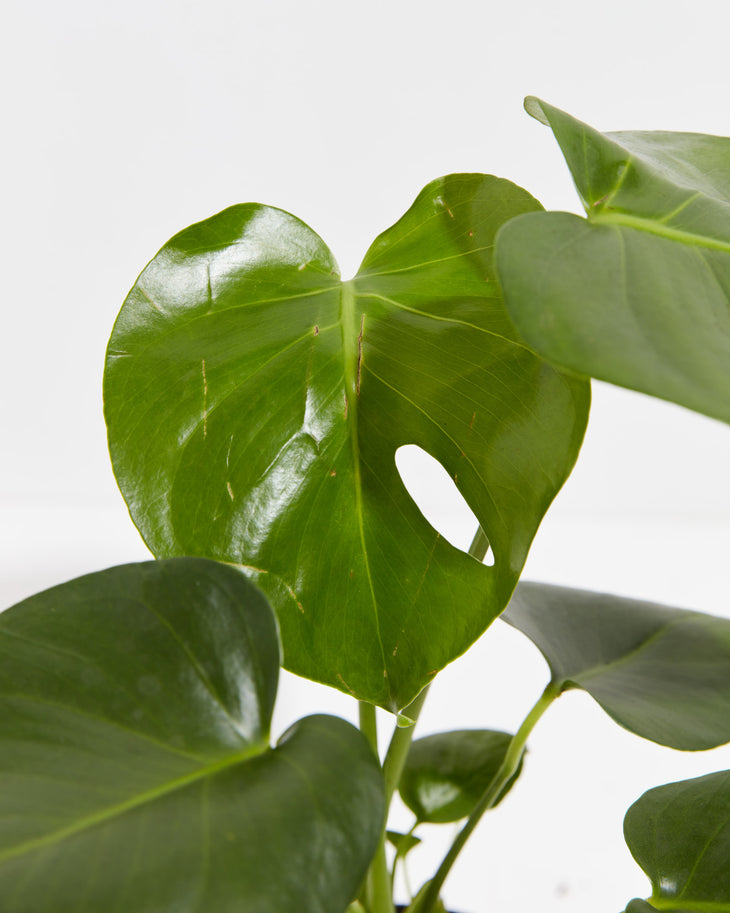 25% Off
25% OffMonstera Deliciosa (Split Leaf Philodendron)
From $32.25 $43.00 -

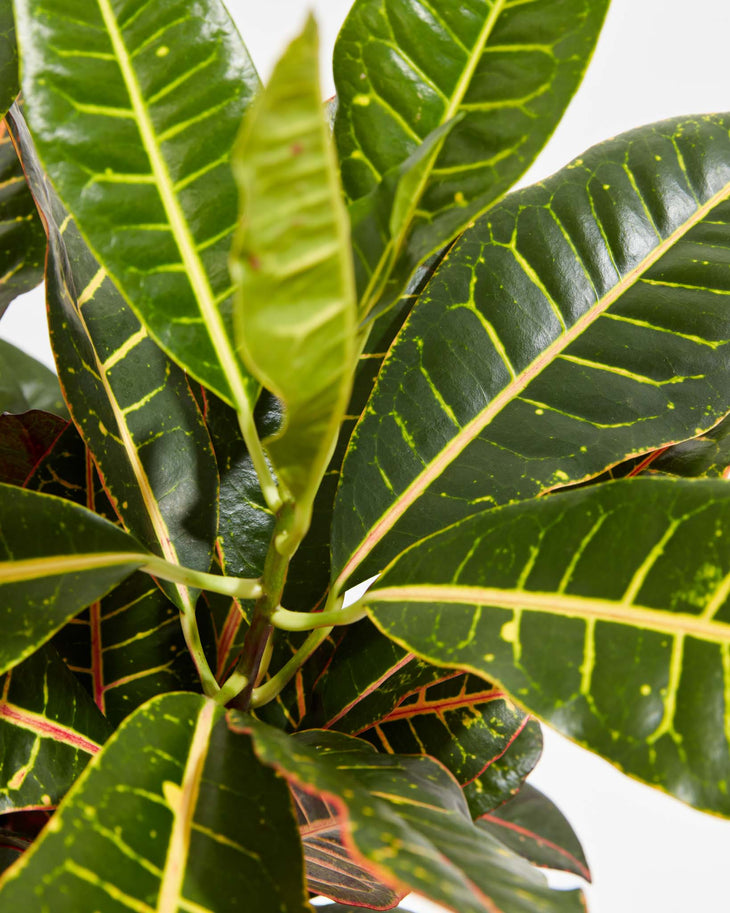
Petra Croton
From $43.00 -


Calathea Rattlesnake
From $43.00Pet Friendly -

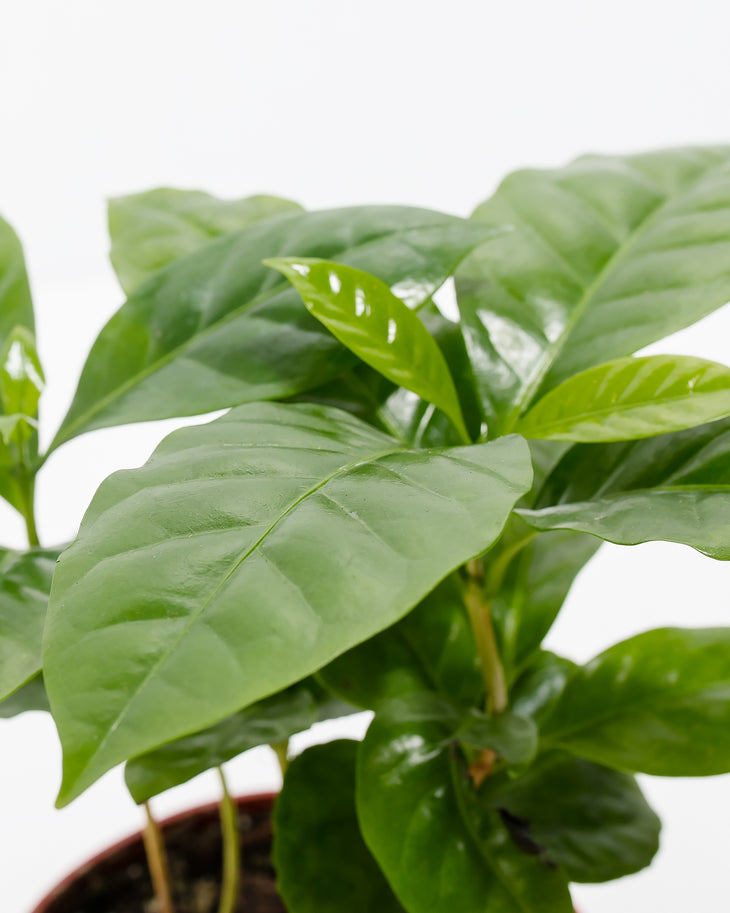
Coffee Plant (Coffea arabica)
From $43.00 -

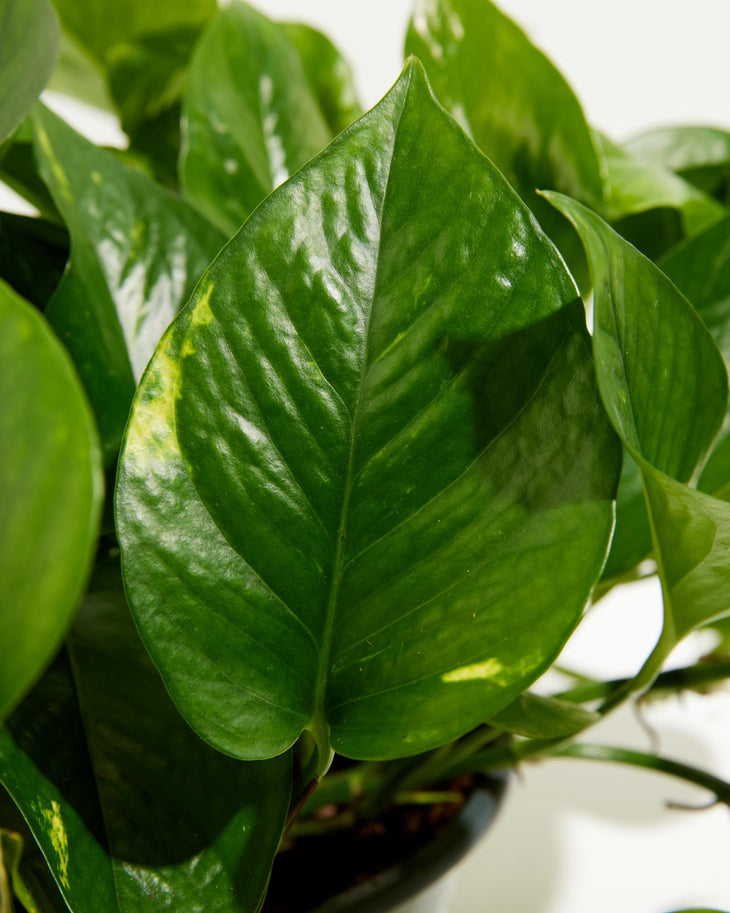
Everyone's Favorite Golden Pothos Plant
From $43.00 -

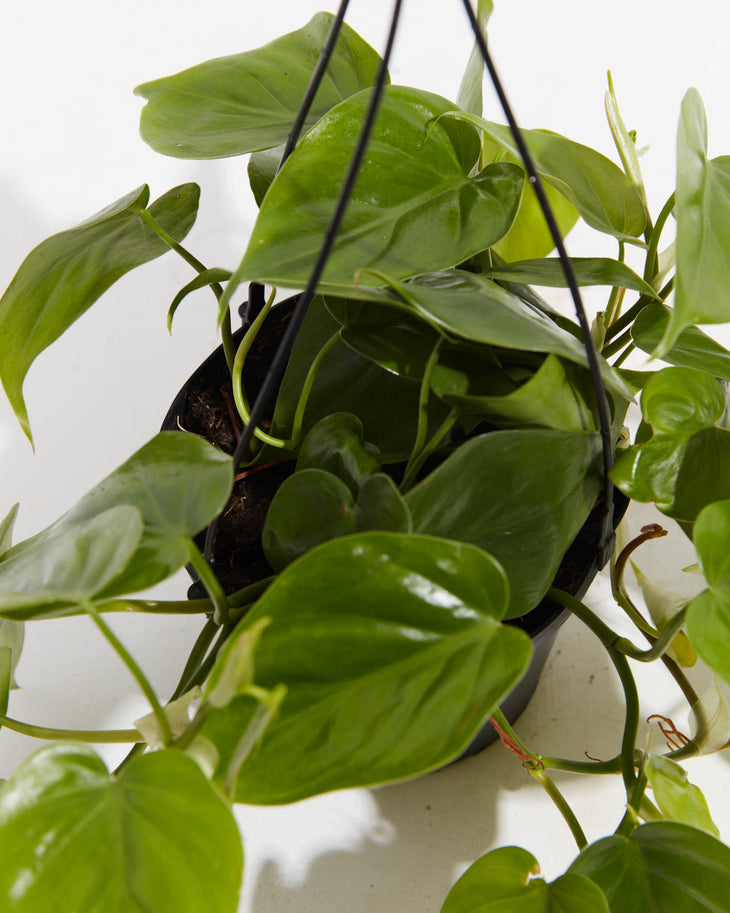
Philodendron Cordatum
From $43.00 -

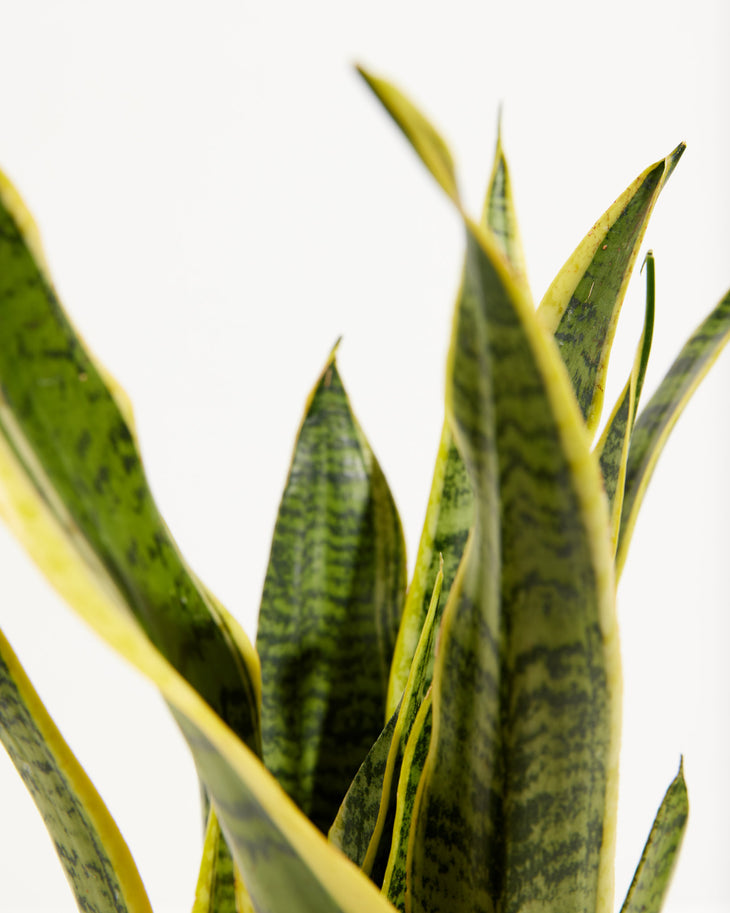
Variegated Sansevieria Laurentii (Snake Plant)
From $43.00 -

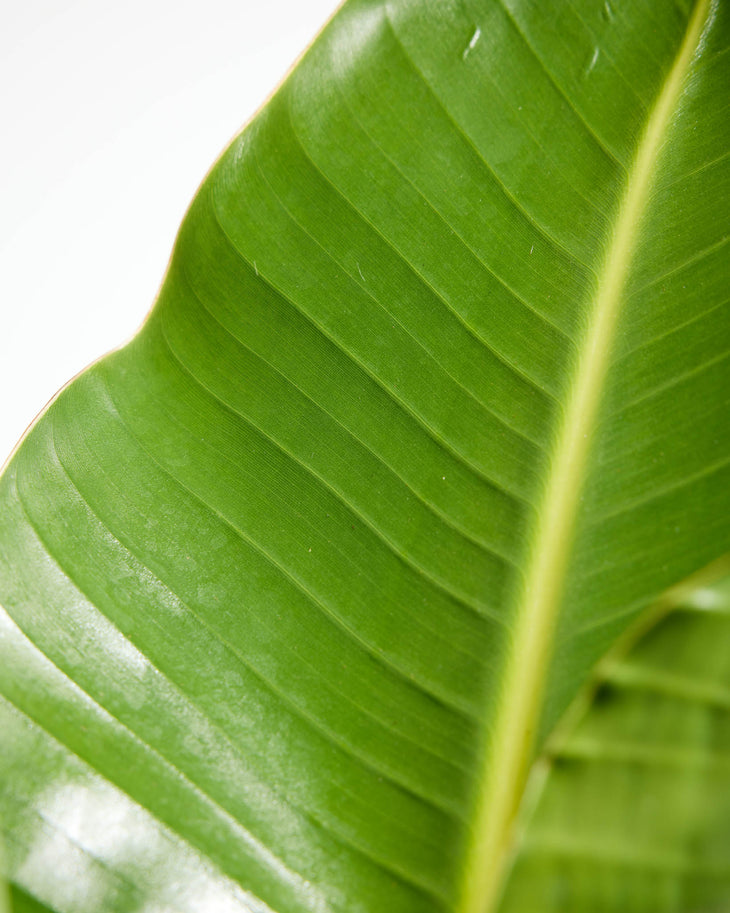
Giant Bird of Paradise
From $43.00 -

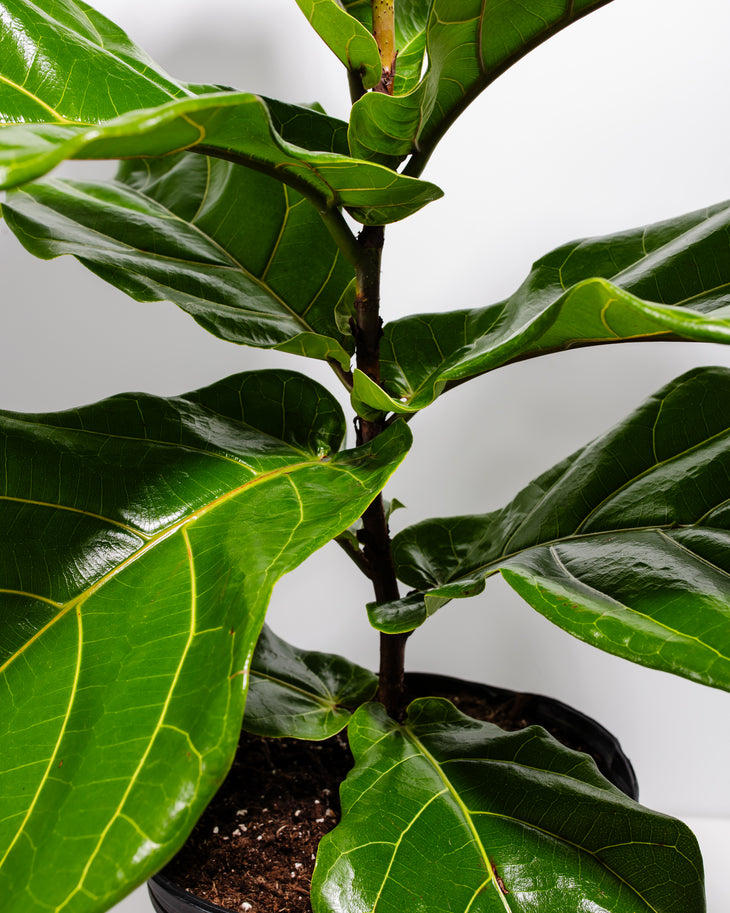
Fiddle Leaf Fig Tree (Ficus Lyrata)
From $43.00 -

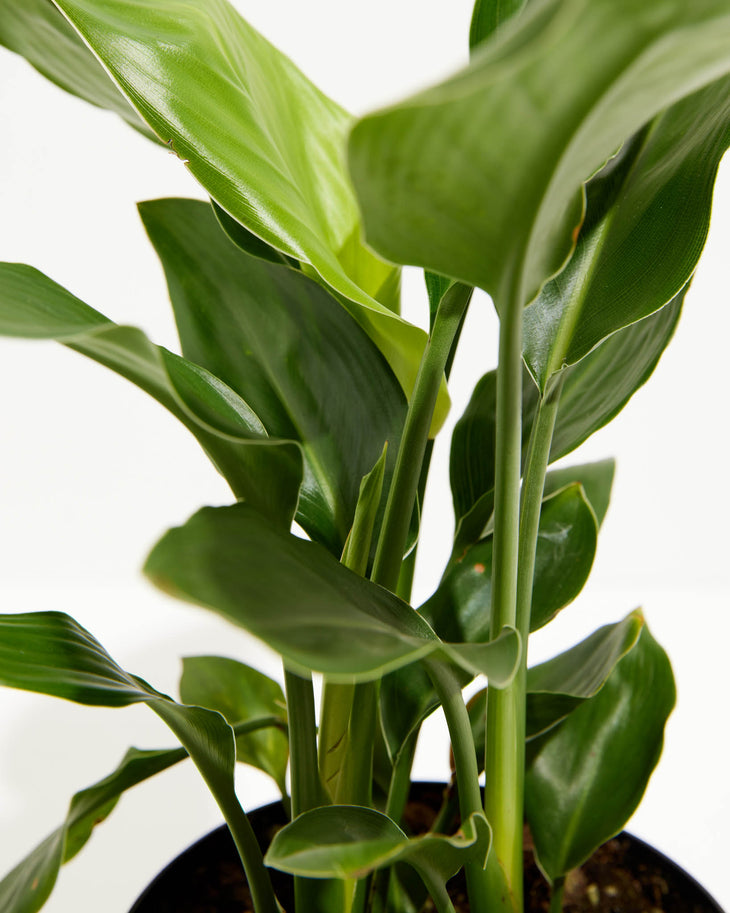
Orange Bird of Paradise
From $58.00 -

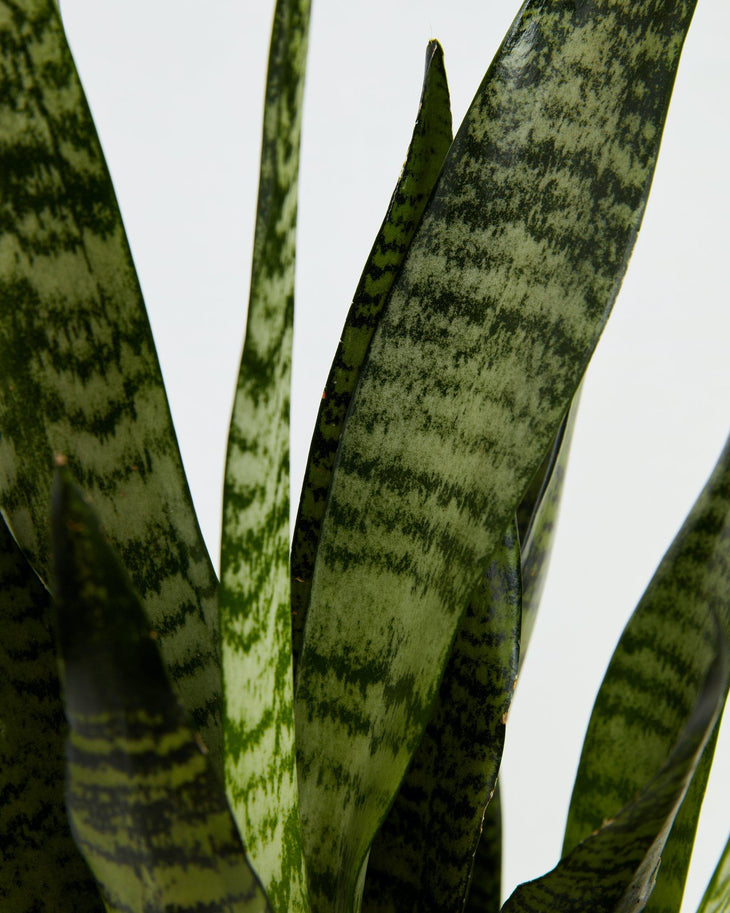
Sansevieria Zeylanica Snake Plant
From $43.00 -

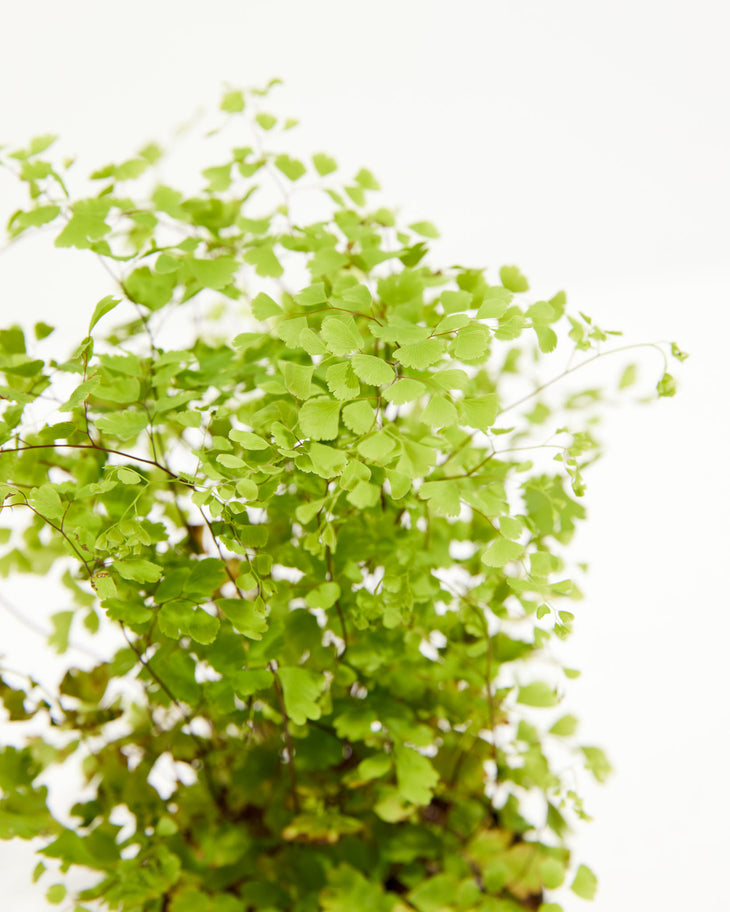 30% Off
30% OffMaidenhair Fern
From $30.10 $43.00Pet Friendly -

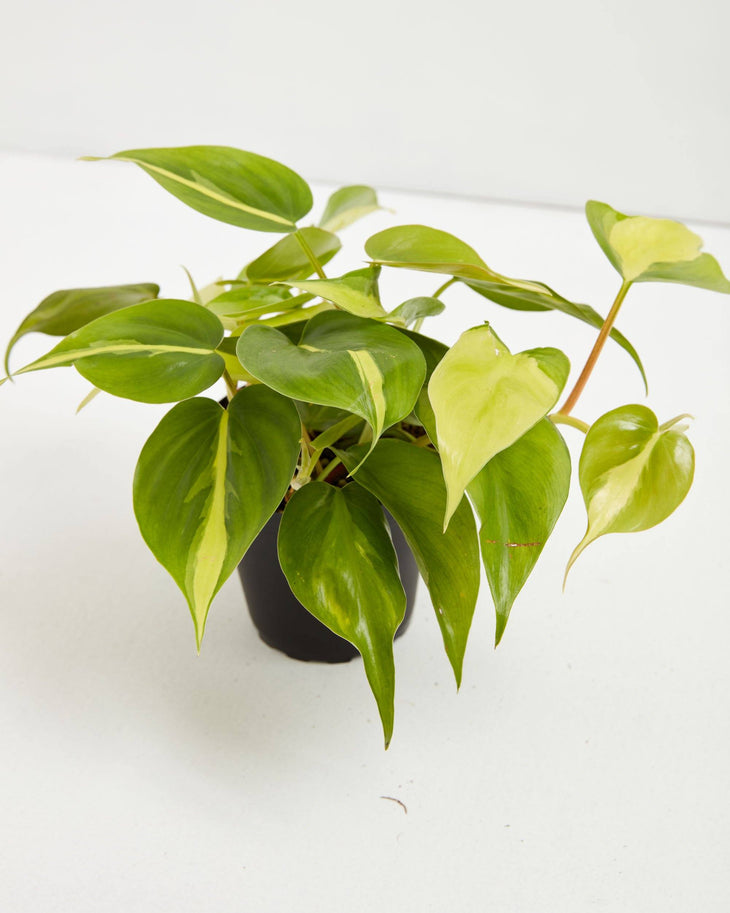
Philodendron Vine (Lemon Lime)
From $43.00 -
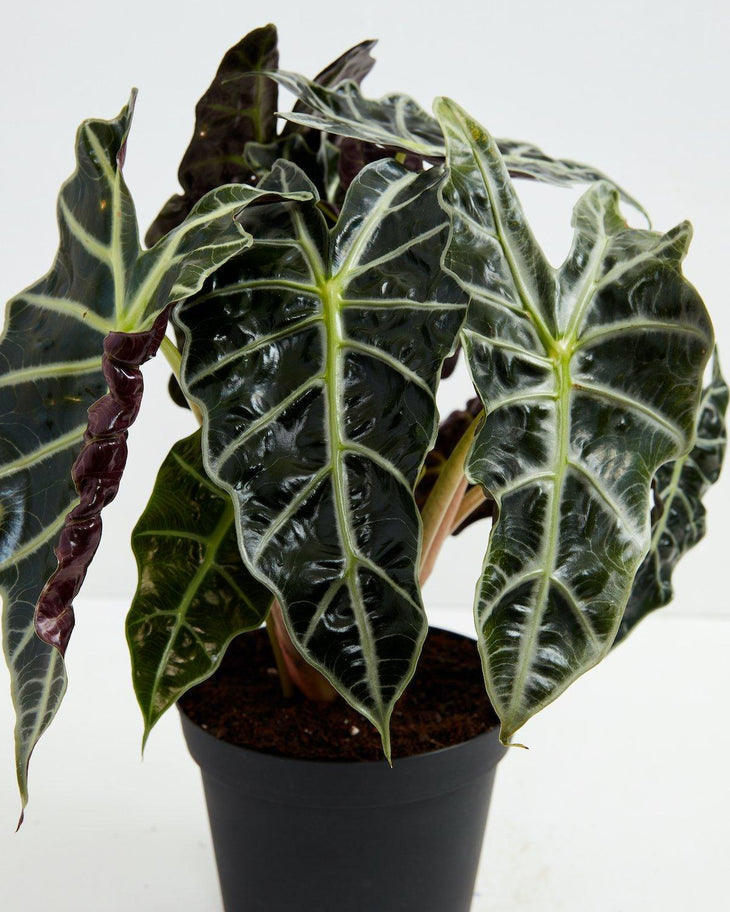
Alocasia Polly
From $43.00 -

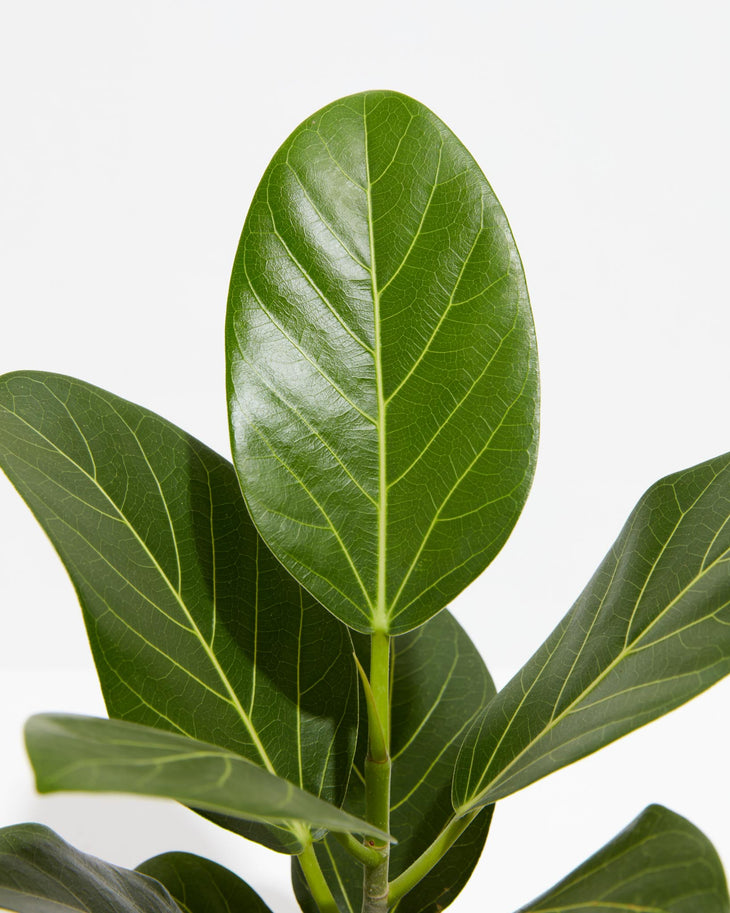
Ficus Audrey
From $43.00 -


Philodendron Black Cardinal
$58.00 -

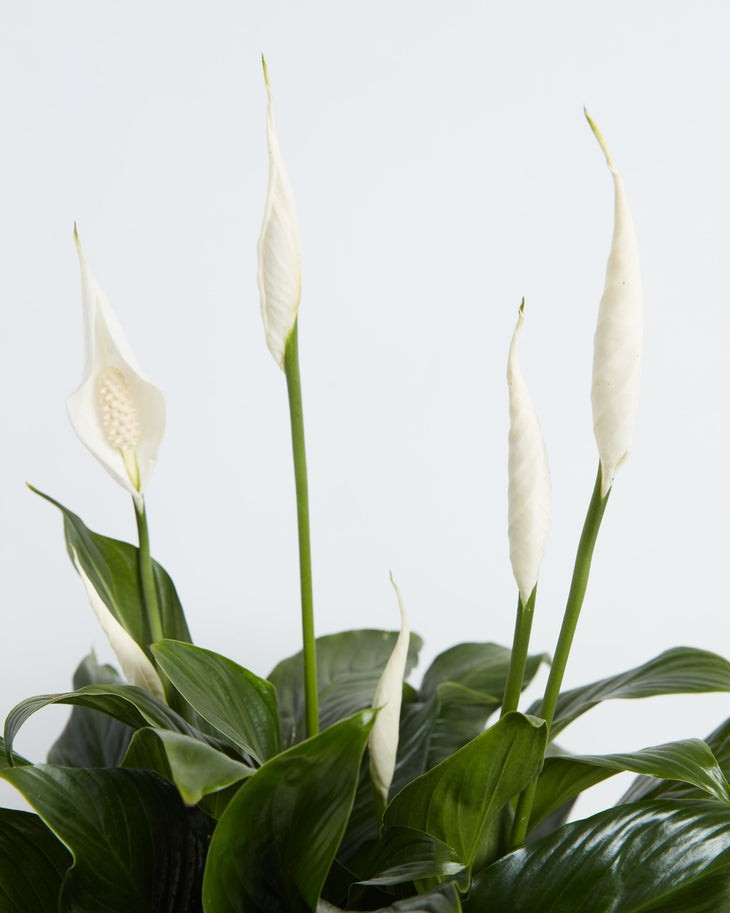 15% Off
15% OffPeace Lily (Spathiphyllum)
From $36.55 $43.00 -


Very Buzzy Succulent Garden
$62.00 -

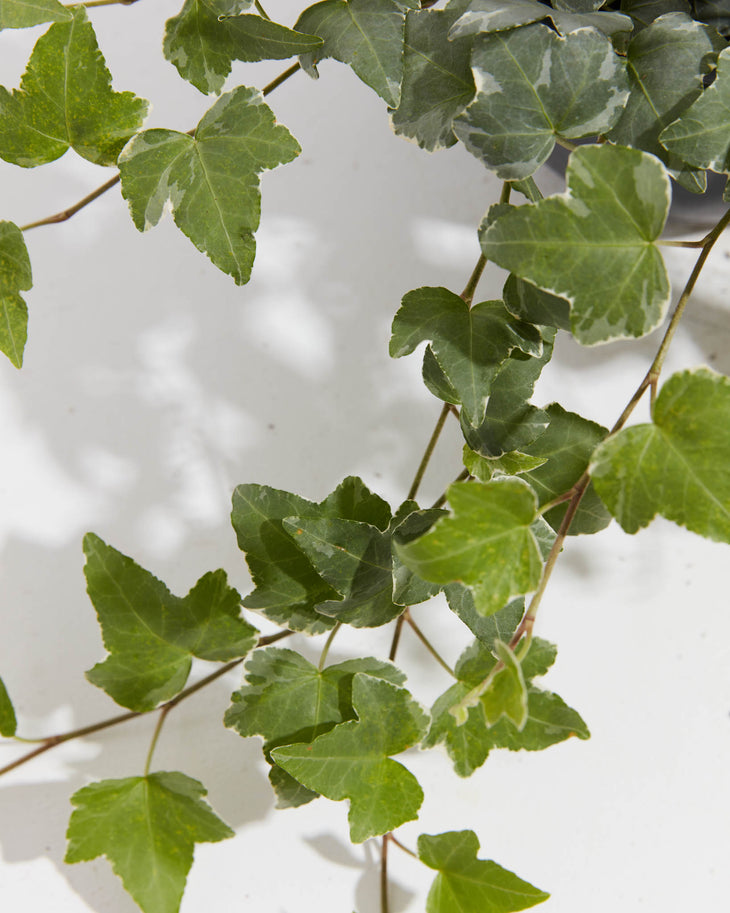
English Ivy Glacier
From $43.00 -

 20% Off
20% OffAnthurium 'Livium'
$46.40 $58.00 -


Cast Iron Plant
From $58.00Pet Friendly -

 30% Off
30% OffPhilodendron Ginny (Mini Monstera)
From $30.10 $43.00
We’re sorry, we weren't able to find what you're looking for. Here are some of our other popular collections to explore.
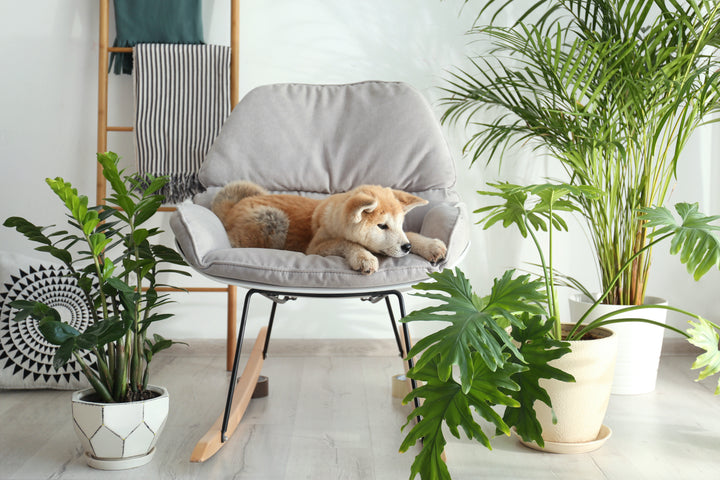
All Pet Safe Plants
Keep your furry friends safe by choosing houseplants for your home that are nontoxic to them. These plants will add color and texture to your decor while keeping your cats and dogs safe and happy. Shop our collection of pet friendly plants!
Shop
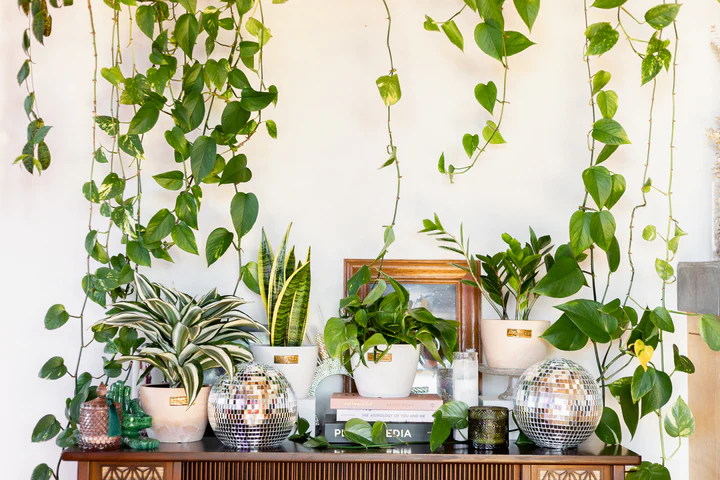
All Plants
Lively Root’s collection helps you find whatever house plants you need, in one place and easily delivered to your door. From lush foliage plants to vibrant blooms, towering palm trees to mini succulent selections, we’ve got the perfect plant for every space.
Shop
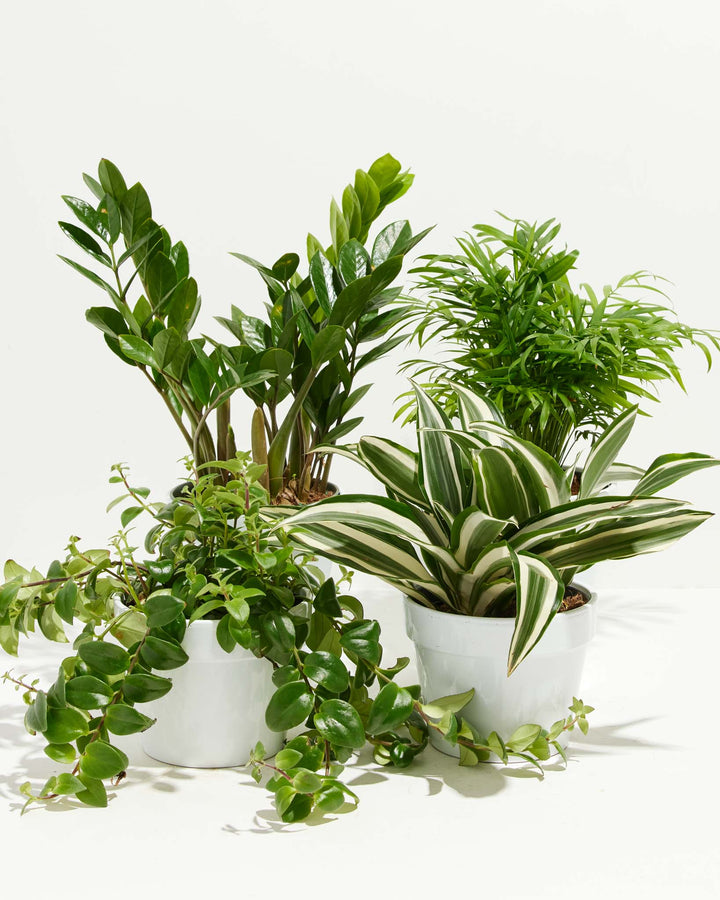
Best Selling Plants
You've found the perfect place to choose your next new plant friend. Check out our best-sellers, most of which are easy to care for and highly air-purifying so you can enjoy them with minimal effort.
Shop
Must-have Fall Plants: Buying & Care Guide
As cooler weather settles in, now is the perfect time to brighten your home or office with vibrant indoor fall plants. Live potted plants bring a refreshing pop of color in the cooler seasons and serve as natural air purifiers, improving the quality of your indoor spaces. Plants for fall and winter with colorful, autumn-inspired foliage create an inviting atmosphere, making any space feel cozier and more alive.
Consider adding to your houseplant collection this fall the gorgeous Variegated Alocasia Frydek (Alocasia micholitziana ‘Frydek Variegata’), a striking rare variety with dark green leaves and contrasting white veins that brings a bold, artistic touch to your indoor decor. With its large, glossy leaves, the Fiddle Leaf Fig Tree (Ficus Lyrata) makes a statement in any room, perfect for creating a stylish, modern aesthetic. The Coffee Plant (Coffee arabica) is another unique choice, offering lush, deep-green foliage that thrives indoors and can eventually produce coffee beans. These fall potted plants are excellent for enhancing your spaces with beauty and personality.
Select the Best Plants for Fall for Your Home or Office
When choosing fall plants for pots, matching them to your space and lifestyle is important. Whether you’re seeking low-maintenance fall plants for easy care, vibrant hanging fall plants to add height and color, or shade-loving plants for low-light areas, there’s a perfect fall plant for everyone. Some fall container plants thrive in sunny spots, like the Live Pumpkin Stick Plant (Solanum Integrifolium) - perfect for Halloween decoration, while others flourish in the shade, making it easy to find something that suits your environment, whether it’s a cozy living room or sunny porch.
Orange Bird of Paradise (Strelitzia reginae)
- Characteristics: The Orange Bird of Paradise plant adds an exotic, tropical touch to your fall decor with its vibrant orange and blue blooms. Its striking, upright leaves resemble a bird in flight.
- Level of care: Requires bright, indirect sunlight and weekly watering.
- Pet-friendliness: Toxic to cats and dogs if ingested.
Aralia Fabian Stump (Polyscias scutellaria)
- Characteristics: The Aralia Fabian Stump has thick, rounded leaves and a compact, upright growth habit, making it ideal for small spaces.
- Level of care: Thrives in indirect light with minimal watering, making it a low-maintenance choice.
- Pet-friendliness: Toxic to pets.
Philodendron Prince of Orange (Philodendron ‘Prince of Orange’)
- Characteristics: Known for uniquely bright-colored foliage, Philodendron Prince of Orange can uplift your mood this fall with its vibrantly orange leaves and striking appearance.
- Level of care: Easy to care for, tolerates low light and prefers moderate watering.
- Pet-friendliness: Toxic to pets.
Petra Croton (Codiaeum variegatum ‘Petra’)
- Characteristics: Petra Croton stands out with its vibrant, multi-colored leaves in shades of yellow, red, and green, adding a pop of color on gloomy fall days.
- Level of care: Prefers bright light and moderate watering.
- Pet-friendliness: Toxic to pets if consumed.
Fall Potted Plants: Care Tips
Light and Temperature Adjustments During Fall
Adjusting your plants' light exposure is essential as fall brings shorter days and cooler temperatures. Move your plants closer to windows to maximize natural light, especially if they’re used to indirect sunlight. Keep in mind that direct sunlight can still scorch delicate leaves. With temperatures dropping, ensure your plants stay in a room that’s consistently between 60°F and 75°F. Avoid placing plants near drafts or heaters, which can dry them out or cause leaf damage due to temperature fluctuations.
Watering and Humidity in Fall
Most plants enter a slower growth phase during fall and don’t require as much water. Reduce watering to avoid root rot, making sure the soil dries out slightly between watering sessions. To boost humidity, you can mist plants like philodendrons or crotons, but avoid overdoing it. A 40-50% humidity level is ideal for many indoor plants. Be careful not to leave plants near heating vents, which can dry out the air around them.
Feeding and Soil Care
Fall isn’t the time for aggressive feeding. Cut back on fertilizer, as most plants won’t need additional nutrients while growth slows down. If you feed your plants, use a diluted, balanced fertilizer once a month. Gently loosen the topsoil layer to encourage airflow and keep the soil aerated. Avoid repotting in the fall, as plants are preparing for dormancy and may become stressed by the disturbance, causing them to go into transplant shock.
Troubleshooting Common Fall Issues
Yellowing leaves are typical in fall as plants adjust to new light levels. Trim them off to keep the plant healthy. Watch for signs of pests like spider mites and mealybugs, which are more likely to appear indoors when outside temperatures drop in fall. Wipe the leaves with a damp cloth regularly to keep dust and pests at bay. If your plants seem underexposed to light, consider adding a grow light to extend their daylight hours indoors.
Brighten Up Your Space With Gorgeous Indoor Plants for Fall
Transform your home, office, or business with Lively Root’s stunning selection of the best fall plants, or give them as thoughtful gifts for friends, clients, or employees at Thanksgiving. Each plant adds beauty and air-purifying benefits while needing extra care during the fall season. Place vibrant plants in cozy corners, window sills, or as centerpieces on dining tables, and consider fall porch plants for warmer climates to greet guests with autumnal flair.
Add more greenery to your indoor space this fall and set the perfect tone for the upcoming holiday season, from Halloween to Thanksgiving!
Follow us @livelyroot & show us your #livelyroot plants
